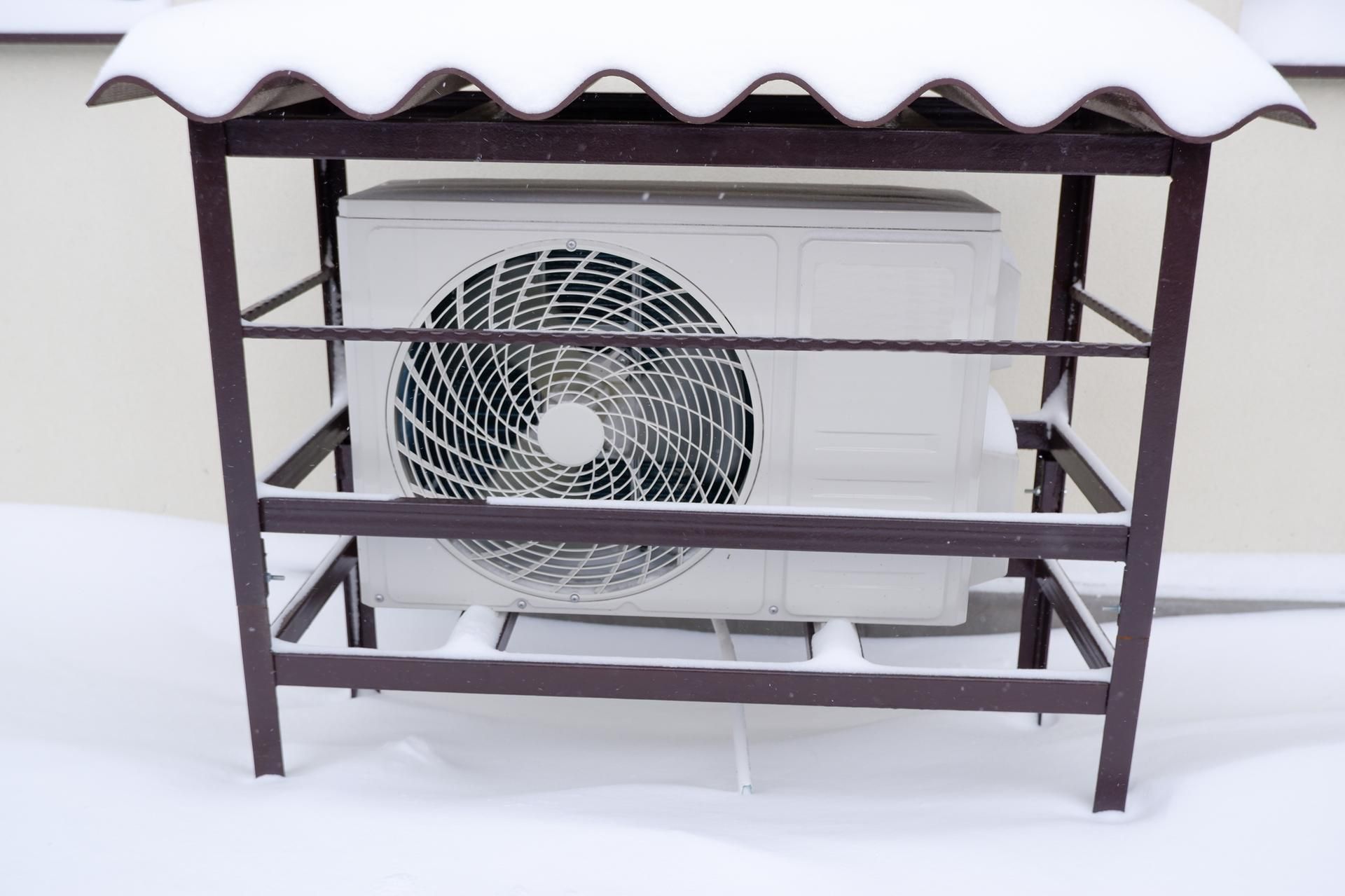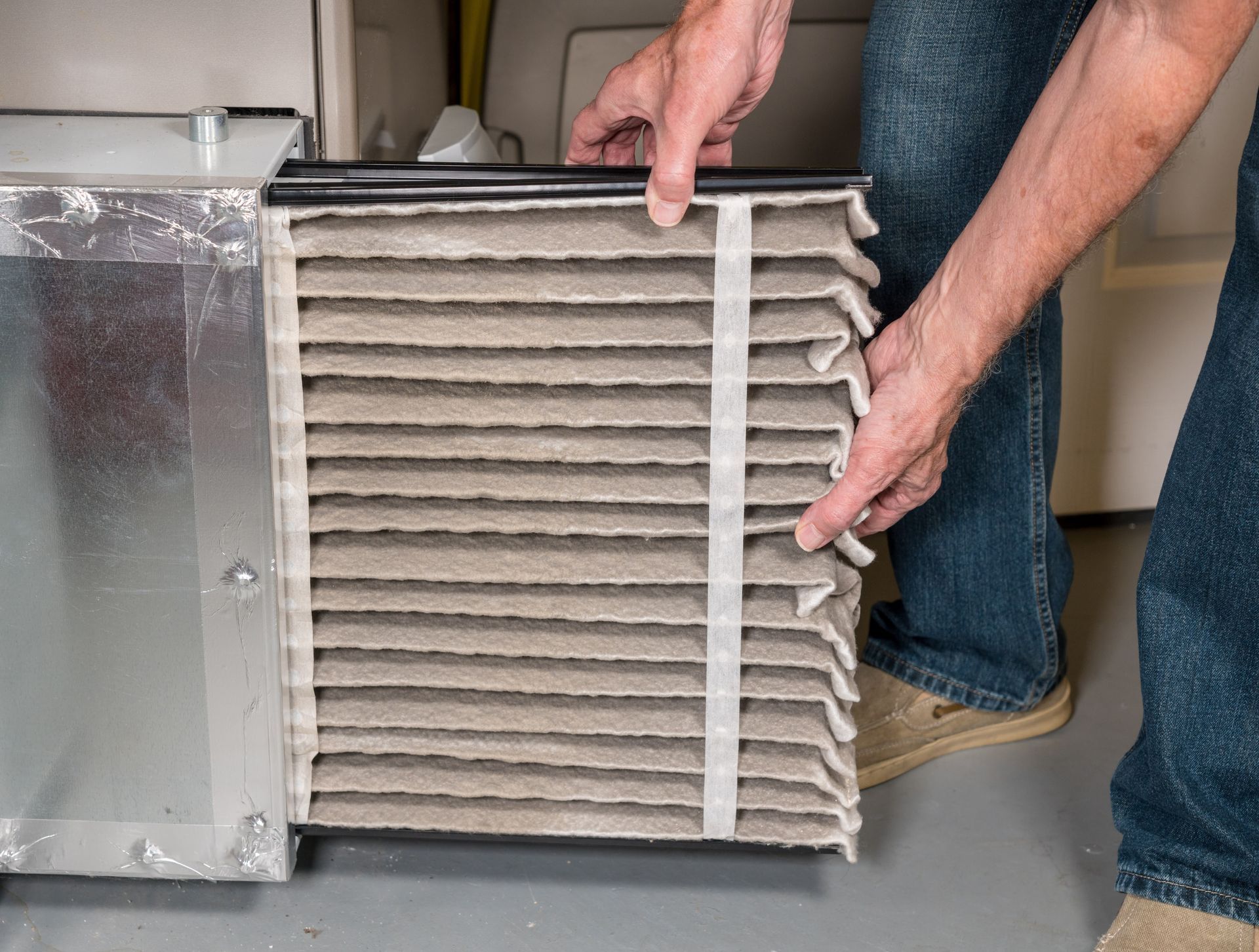How Crickets Determine Temperature with Their Chirps

Crickets are fascinating creatures with an impressive ability to provide insights into their environment. One of their most intriguing traits is their capacity to determine the temperature through their chirping behavior. This phenomenon, often referred to as “cricket chirp temperature correlation,” has intrigued scientists and nature enthusiasts alike. Here’s a detailed look at how crickets use their chirps to gauge temperature and what this can teach us about the natural world.
The Science Behind Cricket Chirping
Crickets produce their characteristic chirping sound by rubbing their wings together in a process known as “stridulation.” This sound production involves a complex interaction between the wings, which have a series of ridges and pegs that scrape against each other. The frequency and pattern of the chirps are influenced by several factors, including the cricket’s species, its physical condition, and environmental conditions such as temperature.
Temperature-Dependent Chirping
Crickets are ectothermic animals, meaning their body temperature is regulated by their environment. As a result, their metabolic processes, including their chirping, are highly sensitive to changes in temperature. The rate at which crickets chirp increases with temperature. This correlation between chirping rate and temperature is so consistent that it has led scientists to develop a formula known as Dolbear’s Law.
Practical Applications of Cricket Chirping
The ability of crickets to indicate temperature through their chirps has practical applications beyond scientific curiosity. In rural and agricultural settings, Dolbear’s Law has been used as a natural thermometer for many years. Farmers and outdoor enthusiasts can use cricket chirping to gauge the temperature when traditional thermometers are not available. This method is particularly useful in remote areas where access to modern tools is limited.
The Role of Chirping in Cricket Behavior
Cricket chirping is not solely a measure of temperature; it also plays a crucial role in their behavior and communication. Chirping is primarily used by male crickets to attract females and establish territory. The frequency and intensity of their chirps can indicate their fitness and reproductive status. By regulating their chirping in response to temperature changes, crickets ensure that their mating calls are timed optimally for their environment.
Environmental and Evolutionary Factors
The relationship between cricket chirping and temperature is a result of evolutionary adaptations. Crickets that can accurately gauge temperature through their chirps are better equipped to survive and reproduce in varying environmental conditions. This ability to respond to temperature changes allows crickets to adapt to seasonal variations and optimize their reproductive strategies.
Observing and Utilizing Cricket Chirping
To observe and utilize cricket chirping as a temperature gauge, one needs to be attentive to their chirping patterns. Count the number of chirps a cricket makes in a specific time period, and use Dolbear’s Law to estimate the temperature. This method, while not as precise as modern thermometers, provides a reliable approximation of the ambient temperature based on natural observations.
Crickets offer a remarkable example of how animals can adapt to their environment in ingenious ways. Their chirping, which may seem like a simple and repetitive sound, serves as a sophisticated mechanism for determining temperature. Through Dolbear’s Law and the study of cricket behavior, we gain valuable insights into the interplay between biology and environmental conditions. Understanding how crickets use their chirps to gauge temperature not only deepens our appreciation for these insects but also highlights the interconnectedness of nature and science. In summary, crickets’ ability to determine temperature through their chirps demonstrates the fascinating relationship between animals and their environment. By studying and utilizing this natural phenomenon, we can better understand the complexities of nature and how organisms interact with their surroundings.
Contact our team today to learn more.


















